A convection current is the movement of a fluid ( such as air or water ) caused by differences in temperature. When part of a liquid or gas is heated, it expands and becomes less dense. The warmer, less dense fluid rises upwards, and the cooler fluid falls to take its place. This cycle of a liquid or gas rising and falling is called a convection current.
Convection currents can be demonstrated in lots of fun visual ways making them a great science concept to explore.
Five Easy Convenction Current Demonstrations
Colour mixing convection
You might have seen a density science activity where hot water floats on top of cold water becuase it is less dense. If food colouring is added to both containers before they are placed on top of one another the colours don’t mix.
However, if a glass of hot water is placed under a glass of cold water, they will mix, as the hot water rises and cold water falls to take its place.
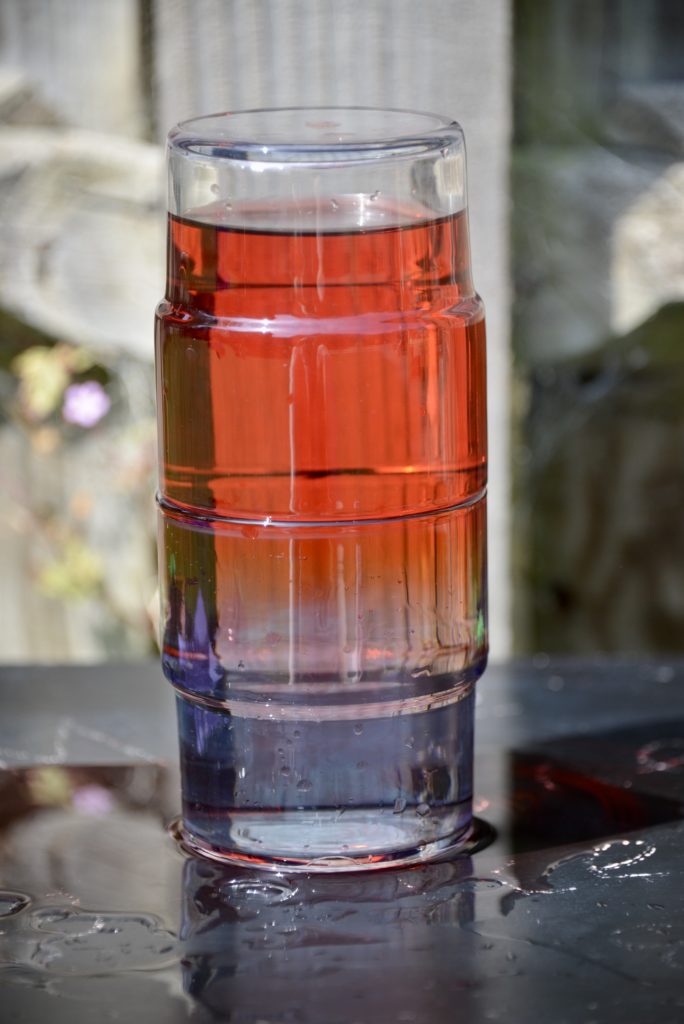
Create an underwater volcano
An underwater volcano is a fantastic visual way to demonstrate convection. All you need is food colouring, a large container and hot and cold water.
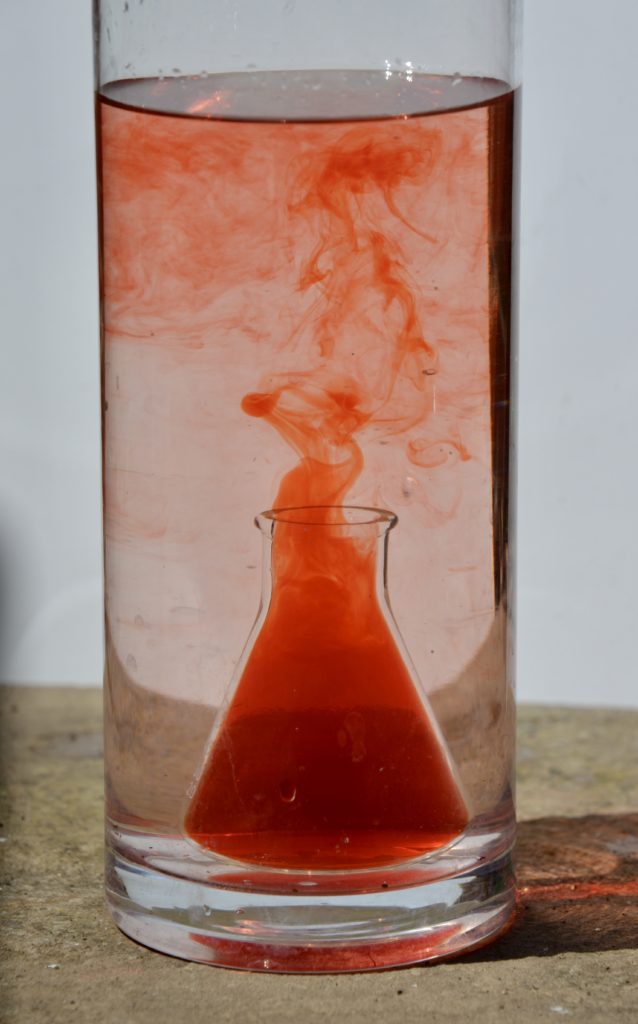
Candle carousel
A candle carousel uses a candle to spin a foil carousel. The result is impressive as the carousel spins very quickly.
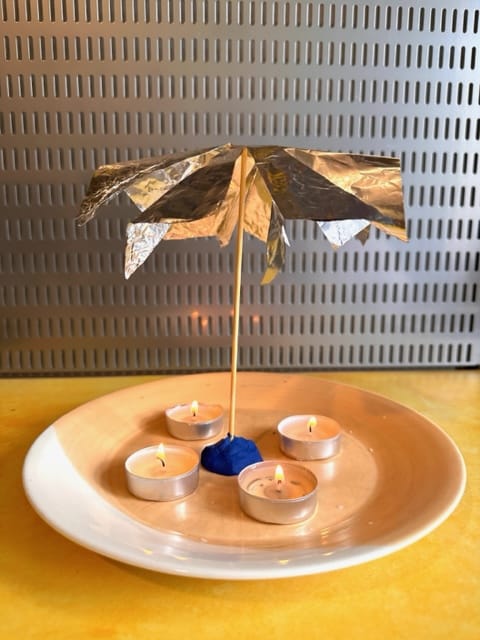
Convection snake
A traditional way to demonstrate convection is to use a convection snake. This is a spiral of paper that starts to spin when placed over a heat source.
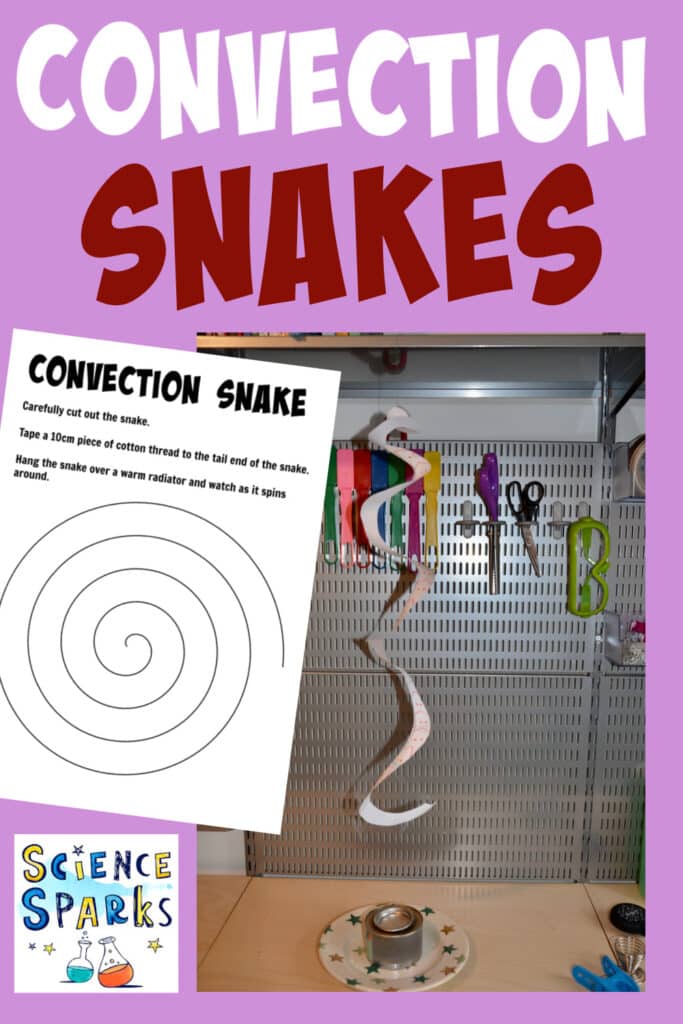
Ice and salt water demonstration
When we investigated whether ice melted faster in freshwater or saltwater we notice a convection current as the ice melted in the non salty water.
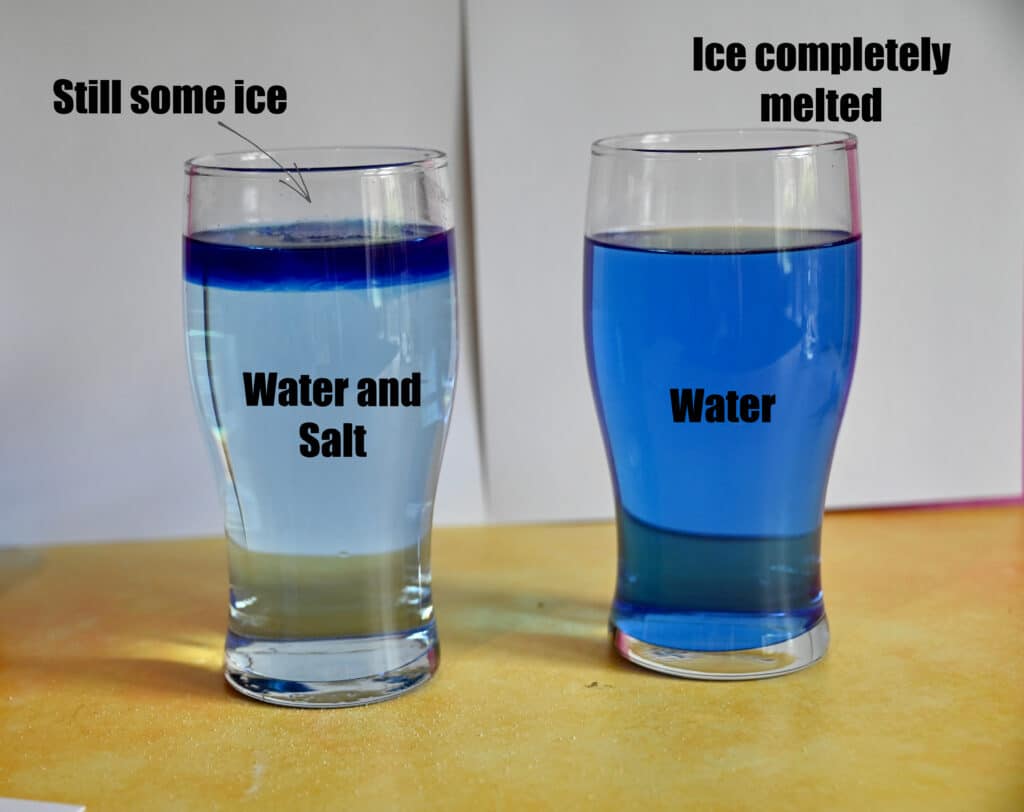
Lava Lamp
Finally a traditional lava lamp (one you buy, not one you make ) is another fantastic example of a convection current. The temperature at the top is sightly cooler than at the bottom ( where the lightbulb is ), so when the lava bits reach the top, they cool and then sink over and over again.
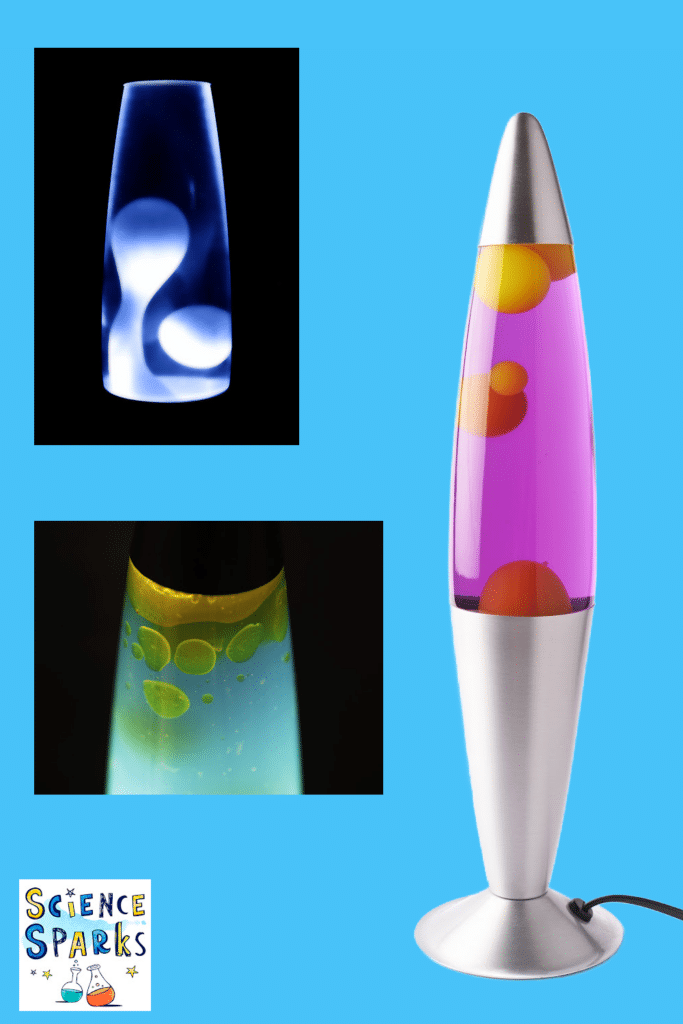
If you know of any other ways to demonstrate a convection current I’d love to hear about it.
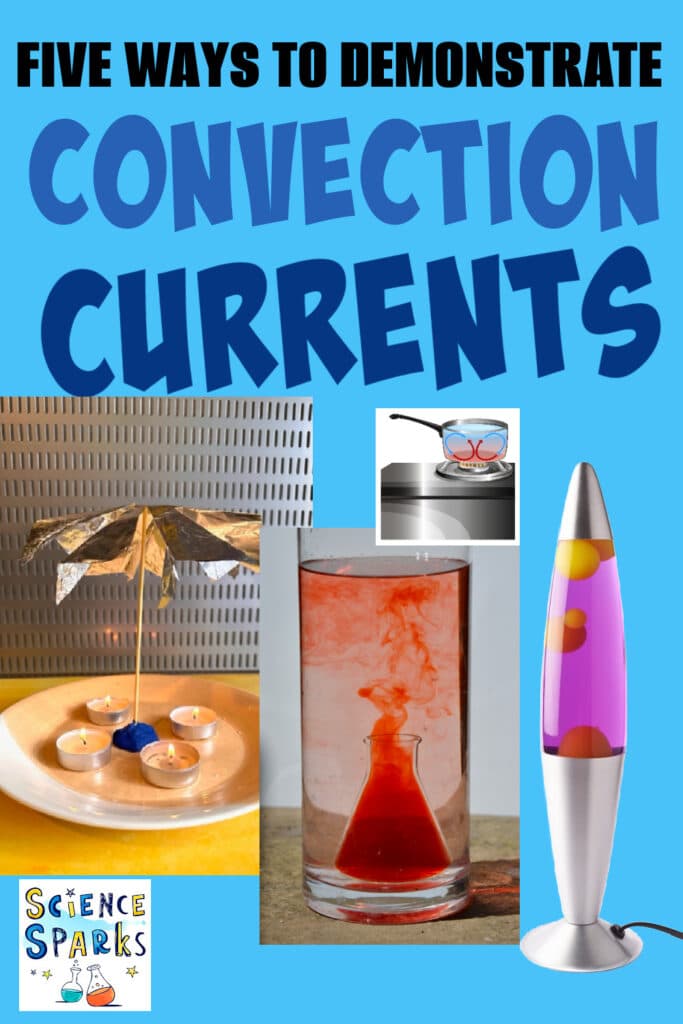
Science Concept
Convection Current
Last Updated on August 27, 2024 by Emma Vanstone
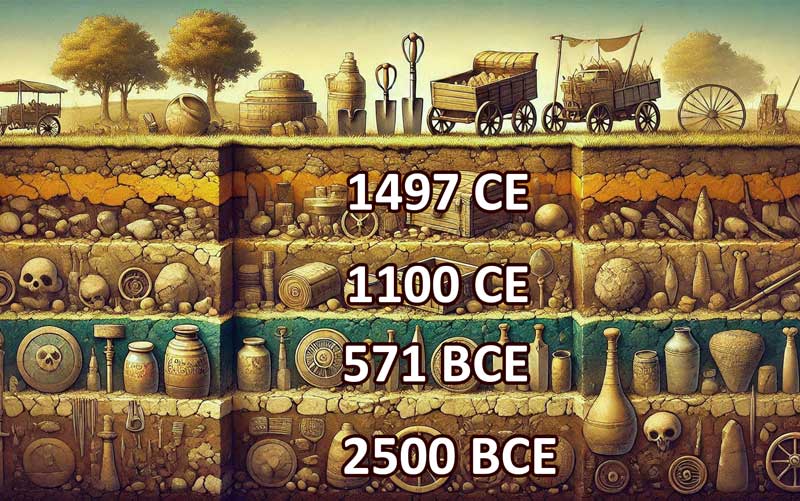



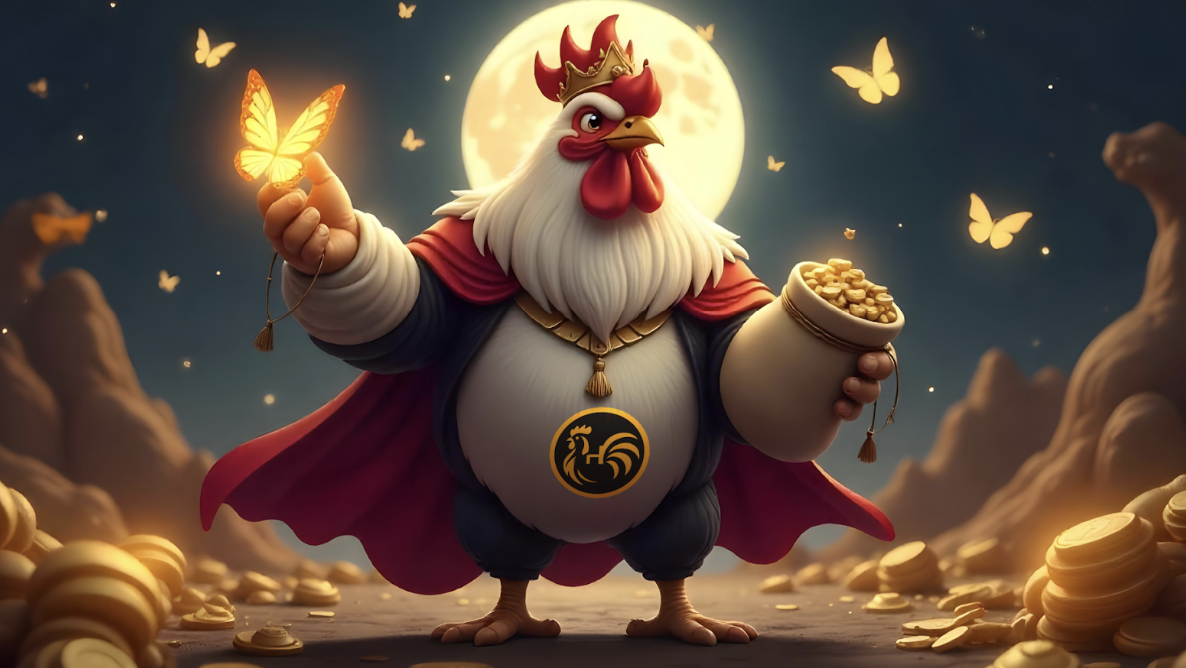

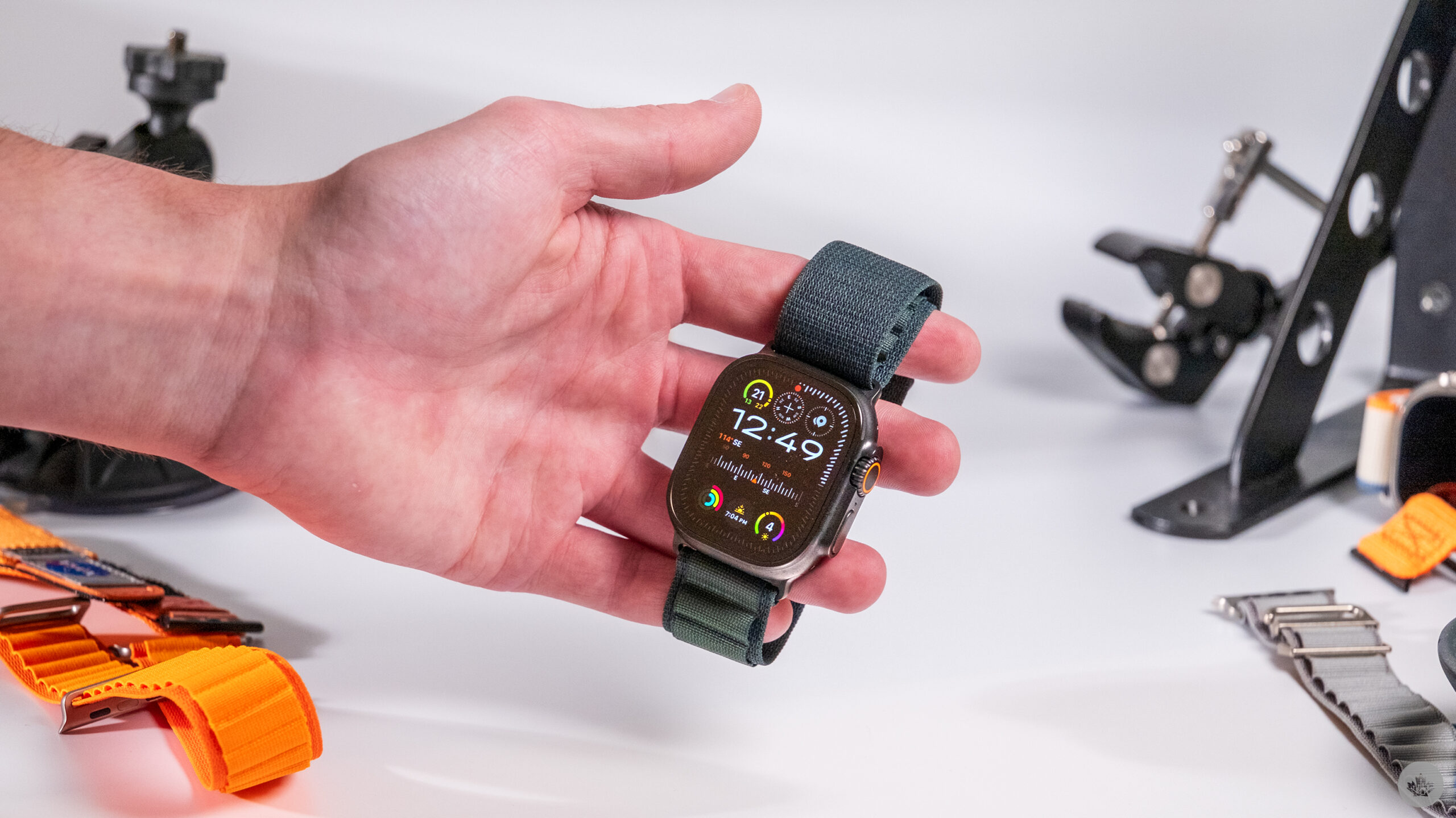

Leave a Comment